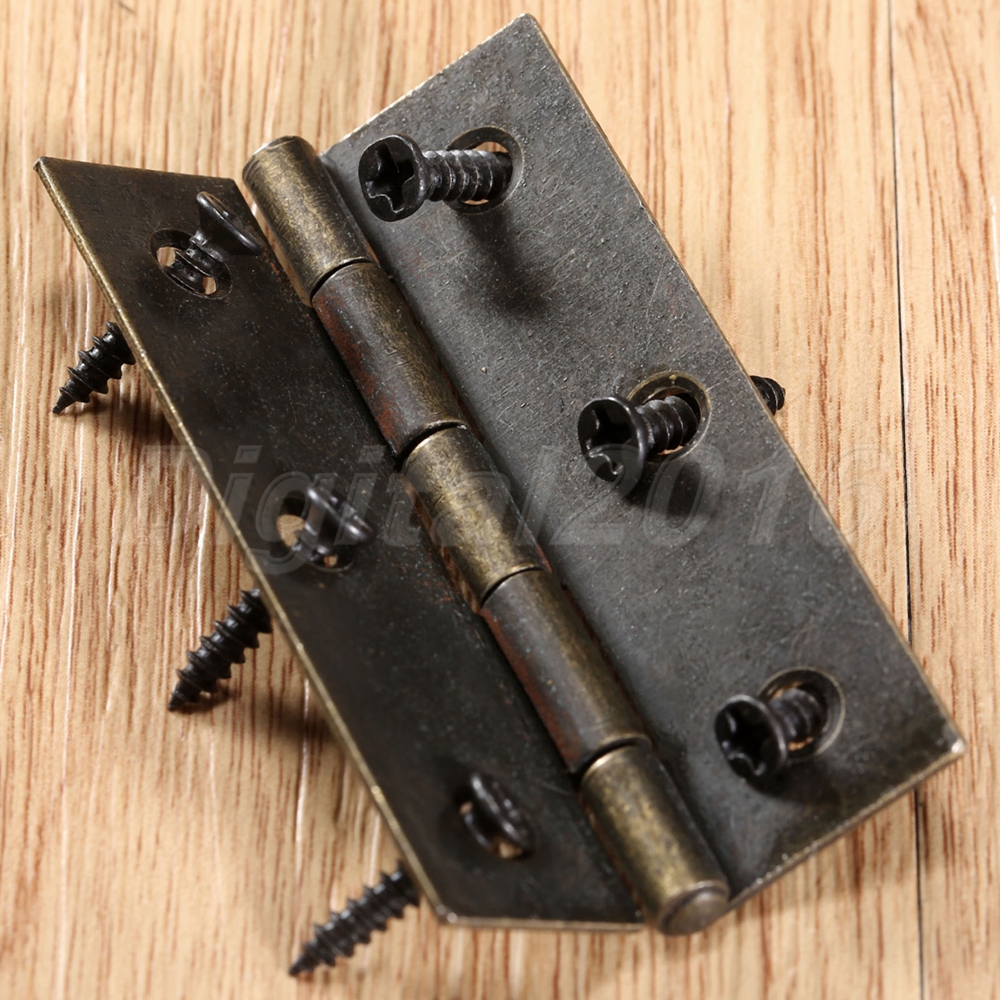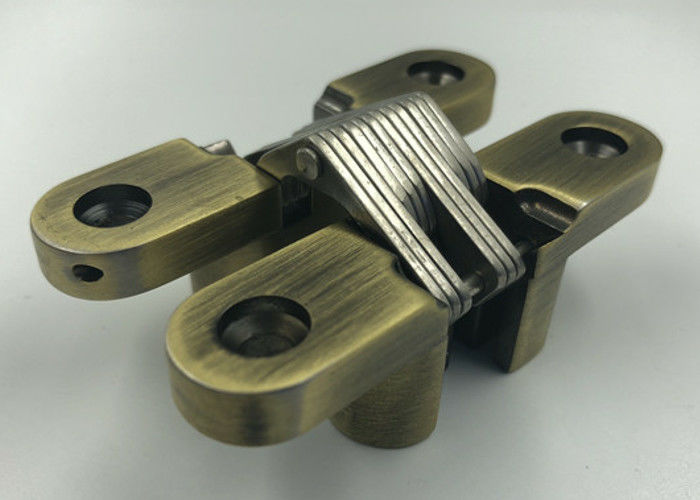Antique Cabinet Hardware Hinges

Antique cabinet hardware hinges are more than just functional components; they are intricate works of art that tell stories of craftsmanship, design evolution, and the changing tastes of bygone eras. These hinges, often crafted from materials like wrought iron, brass, and bronze, showcase the artistry and skill of generations of artisans, adding a touch of history and elegance to furniture pieces.
History and Evolution of Antique Cabinet Hardware Hinges
The evolution of cabinet hardware hinges is a fascinating journey that mirrors the development of furniture design and construction techniques. From simple, utilitarian hinges in the 18th century to the ornate and intricate designs of the Victorian era, these hinges have undergone significant transformations in terms of materials, construction, and aesthetics.
- 18th Century: Hinges in the 18th century were primarily functional, often crafted from wrought iron or brass. They were typically simple in design, featuring basic strap hinges or butt hinges, with minimal ornamentation. These hinges were often hand-forged and exhibited the unique marks of the individual artisan.
- 19th Century: The 19th century saw a significant shift in hinge design, driven by the rise of industrialization and the growing popularity of ornate furniture styles. The introduction of mass production allowed for more intricate designs and the use of new materials like cast iron and bronze. This era witnessed the emergence of iconic styles like butterfly hinges, which were popular for their decorative appeal and ease of use.
- 20th Century: The 20th century saw the continued evolution of hinge design, with a focus on functionality and durability. The introduction of new materials like stainless steel and the development of precision manufacturing techniques led to the creation of more robust and reliable hinges. However, traditional designs continued to be popular, particularly in antique furniture restoration and reproduction.
Notable Antique Cabinet Hardware Hinge Styles
Antique cabinet hardware hinges are known for their diverse styles, each with its unique features and applications.
- Butterfly Hinges: These hinges, named for their distinctive butterfly-shaped leaves, were popular in the Victorian era. They feature a decorative design, often with intricate scrollwork or floral motifs, and are typically used for doors that open outwards. They are known for their elegant appearance and smooth, quiet operation.
- Strap Hinges: Strap hinges are characterized by their long, flat strap that extends beyond the hinge pin. They were commonly used in the 18th and 19th centuries for heavy doors and cabinets, offering strength and durability. They often feature decorative elements like scrolls, flowers, or geometric patterns.
- Butt Hinges: Butt hinges are the most common type of hinge used today. They are characterized by their simple, unobtrusive design, with the hinge leaves concealed within the door and frame. They were widely used in the 19th and 20th centuries for their practicality and versatility.
Comparison of Antique Cabinet Hardware Hinge Styles, Antique cabinet hardware hinges
| Style | Construction | Material | Application |
|—|—|—|—|
| Butterfly Hinges | Two leaves joined by a pin, often with decorative features | Brass, bronze, iron | Doors that open outwards, often for decorative purposes |
| Strap Hinges | Long, flat strap extending beyond the hinge pin | Wrought iron, brass, bronze | Heavy doors and cabinets, offering strength and durability |
| Butt Hinges | Two leaves concealed within the door and frame | Brass, iron, steel | Doors and cabinets, providing simple and functional operation |
Identifying and Appraising Antique Cabinet Hardware Hinges

Antique cabinet hardware hinges, often overlooked as simple functional elements, can be valuable historical artifacts. Their age, condition, maker, and rarity contribute significantly to their desirability and monetary worth. Understanding these factors is crucial for accurate identification and appraisal.
Identifying Common Markings
Identifying markings on antique cabinet hardware hinges can provide valuable insights into their origin and maker. Many hinges bear stamps, hallmarks, or inscriptions that reveal their manufacturer, production date, or even the specific location where they were crafted.
- Manufacturer’s Markings: Look for company names, initials, or logos stamped or engraved on the hinge. Some common makers include Stanley, Sargent, Russell & Erwin, and Yale.
- Date Stamps: Some hinges might have a date stamp indicating the year of manufacture. These stamps can be found on various parts of the hinge, including the leaf, knuckle, or pin.
- Location Markings: Some hinges might bear stamps or inscriptions indicating the city or region where they were made. For example, “Made in England” or “Patented in USA” can be found on certain hinges.
Assessing the Condition of Antique Cabinet Hardware Hinges
The condition of antique cabinet hardware hinges plays a crucial role in determining their value. Signs of wear, damage, and restoration significantly impact their desirability.
- Wear and Tear: Natural wear and tear, including scratches, patina, and minor dings, are common on antique hinges. However, excessive wear, deep scratches, or significant rust can detract from their value.
- Damage: Broken hinges, missing parts, or severe bending can significantly reduce their value. However, repairable damage might not affect their worth as much.
- Restoration: Repainted or polished hinges might have been restored to improve their appearance. While restoration can enhance their aesthetics, it can also lower their value, especially if it obscures original markings or patina.
Condition and Value
The condition of antique cabinet hardware hinges directly impacts their value. Here is a table illustrating different condition levels and their impact on value:
| Condition Level | Description | Value Impact |
|---|---|---|
| Excellent | No significant wear or damage, original finish, and all parts intact. | Highest value, often sought by collectors. |
| Very Good | Minor wear and tear, original finish with some patina, all parts intact. | Good value, suitable for both collectors and restoration projects. |
| Good | Moderate wear and tear, some patina, all parts intact, possible minor repairs. | Moderate value, suitable for restoration projects. |
| Fair | Significant wear and tear, missing parts, or damage requiring extensive repairs. | Lower value, often suitable for parts or salvage. |
| Poor | Extensive wear, damage, or missing parts, requiring significant restoration or unsuitable for use. | Lowest value, often considered scrap or for decorative purposes. |
Restoring and Preserving Antique Cabinet Hardware Hinges

Antique cabinet hardware hinges, with their intricate designs and craftsmanship, add a touch of history and elegance to any piece of furniture. However, time and wear can take their toll, leaving these hinges in need of restoration and preservation. Restoring and preserving antique cabinet hardware hinges is a rewarding process that involves careful cleaning, polishing, and repair techniques.
Cleaning and Polishing Antique Cabinet Hardware Hinges
Cleaning and polishing are essential steps in restoring antique cabinet hardware hinges to their original luster. The methods used will depend on the type of metal and the condition of the hinges.
- For brass hinges, a gentle cleaning solution of warm water and mild dish soap is often sufficient. Avoid abrasive cleaners or steel wool, as they can damage the finish.
- For silver hinges, a silver polish or a solution of baking soda and water can be used. However, it is important to test the polish on a hidden area first to ensure it does not damage the finish.
- For iron hinges, a wire brush or a solution of vinegar and water can be used to remove rust. However, it is important to be careful not to damage the metal.
Once the hinges are clean, they can be polished with a soft cloth and a metal polish appropriate for the type of metal.
Repairing Damaged or Broken Antique Cabinet Hardware Hinges
Damaged or broken antique cabinet hardware hinges can often be repaired using traditional tools and materials.
- For hinges with loose screws, tightening the screws can often solve the problem. If the screw holes are stripped, they can be repaired with a wood screw and a wood filler.
- For hinges with broken leaves, a small piece of metal can be used to repair the break. The metal should be cut to the correct size and shape, then brazed or soldered in place.
- For hinges with missing pins, a new pin can be made from a piece of wire or metal rod. The pin should be cut to the correct length and then filed to fit the hinge.
Protecting and Preserving Antique Cabinet Hardware Hinges
Protecting and preserving antique cabinet hardware hinges is essential to prevent further deterioration.
- After cleaning and polishing, apply a thin layer of wax or oil to the hinges to help prevent rust and corrosion.
- Store antique cabinet hardware hinges in a cool, dry place, away from direct sunlight and humidity.
- Avoid handling the hinges with bare hands, as oils from your skin can damage the finish.
Restoring an Antique Cabinet Hardware Hinge
Here is a step-by-step guide on how to restore an antique cabinet hardware hinge:
- Gather the necessary tools and materials:
- Soft cloth
- Warm water
- Mild dish soap
- Metal polish (appropriate for the type of metal)
- Small screwdriver
- Wire brush (optional)
- Vinegar (optional)
- Wood screw (optional)
- Wood filler (optional)
- Small piece of metal (optional)
- Brazing or soldering equipment (optional)
- Wire or metal rod (optional)
- File (optional)
- Wax or oil (optional)
- Clean the hinge with a soft cloth and warm water and mild dish soap. If the hinge is heavily soiled, you can use a wire brush or a solution of vinegar and water to remove dirt and grime.
- Polish the hinge with a soft cloth and a metal polish appropriate for the type of metal. Work the polish into the hinge in a circular motion.
- Repair any damaged or broken parts of the hinge. For loose screws, tighten the screws. If the screw holes are stripped, you can repair them with a wood screw and a wood filler. For broken leaves, you can use a small piece of metal to repair the break. The metal should be cut to the correct size and shape, then brazed or soldered in place. For missing pins, you can make a new pin from a piece of wire or metal rod. The pin should be cut to the correct length and then filed to fit the hinge.
- Apply a thin layer of wax or oil to the hinge to help prevent rust and corrosion.
- Store the hinge in a cool, dry place, away from direct sunlight and humidity.
Antique cabinet hardware hinges, with their intricate designs and aged patina, can lend a touch of vintage charm to any kitchen. But even the most beautiful hinges can’t solve the problem of a chaotic spice collection. For that, you’ll need a in cabinet spice rack organizer , which can tame the chaos and create a sleek, organized spice haven.
Then, you can focus on the true artistry of those antique hinges, appreciating their craftsmanship and the stories they hold.
Antique cabinet hardware hinges, with their intricate designs and aged patina, whisper stories of bygone eras. They speak of craftsmanship, of a time when furniture was built to last. In contrast, the sleek functionality of a modern ikea server rack cabinet prioritizes efficiency and space optimization.
Yet, even in the digital age, the charm of those old hinges, with their subtle imperfections, holds a timeless allure. They remind us that beauty can be found in the past, even as we embrace the future.
